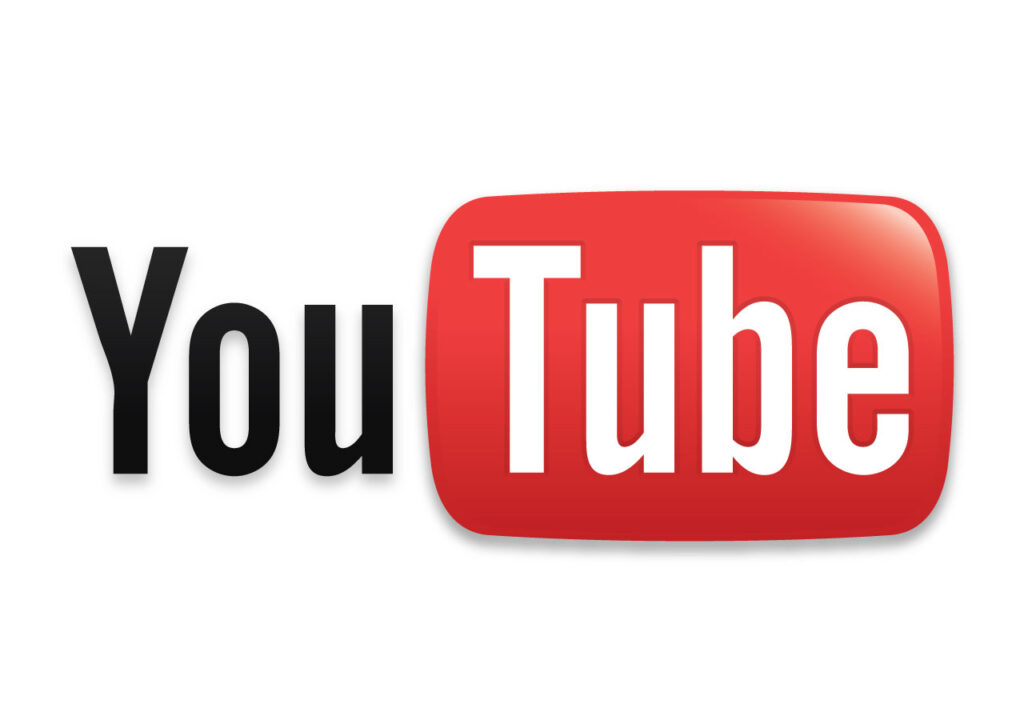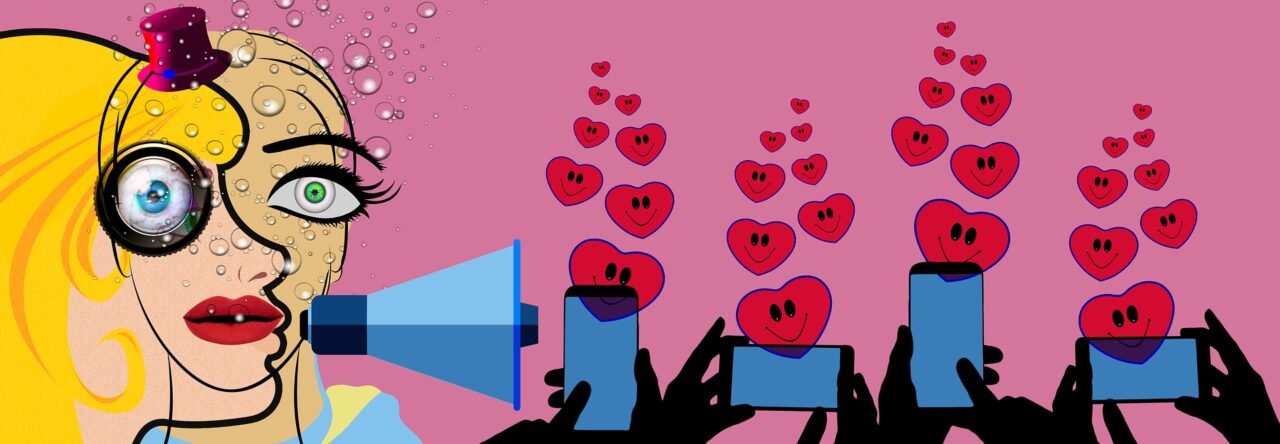In 2004, former PayPal employees Chad Hurley, Steve Chen and Jawed Karim had a discussion at a dinner party about how difficult it is to find and share video clips on the internet. Although people could take videos on their cellphones, there was no good way for them to share those videos. In that moment, they decided they should create their own platform, YouTube, to make these videos accessible for all. After less than a year of the platform, the company took off exponentially. In early 2005, YouTube was founded as a site that allowed anyone to share videos and also interact with others’ content. Just a year later, on October 9, 2006, Google Inc. purchased YouTube for $1.65 billion. Seventeen years later, YouTube is used all over the world, with even more value than it was purchased for by Google (The Associated Press 2006). It has even become a place for content creators to make a living off of their videos. YouTube is one of the largest used video distribution platforms, with over 500 hours of video content posted every minute (McFadden 2020). Since its creation, YouTube has seen many changes in features on their site such as live streaming, gaming, stories, subscriber counts and many more (Wikipedia 2022). Despite the popularity of Youtube, it has been criticized for platform features that may facilitate online harassment. This has led them to add and drop features on their website, such as the plan to drop the dislike button on peoples’ videos in order to avoid negative user interactions and ratings (Wikipedia 2022).

More recently, Youtube has been linked to the idea of cancel culture, defined as “withdrawing support for (‘canceling’) public figures and companies after they have done or said something considered objectionable or offensive” (Wikipedia 2022). Cancel culture started in early 2014 as part of the #MeToo movement, that held people accountable for sexual harassment or assault (Taneja 2021). For example, in 2017, Matt Lauer was exposed for sexual harrassment, with one of the most serious cases of all of the #MeToo movement, having sexually harassed women in the workplace (Singer 2019). Technology made it easier to “call out” for these things. This idea of cancel culture has since spread all throughout the online world, in which consumers seek to hold individuals responsible for a variety of culturally or socially inappropriate actions. Cancel culture first came to YouTube around 2017, when multiple people a day were called out online for offensive actions (Pound & Grain 2020). Since cancel culture was first introduced, many content creators on YouTube have experienced it as a result of their past actions. This causes them to lose brand deals, followers, and their reputation. For example, in 2020, comedian Ellen Degeneres was canceled after being exposed for having a toxic work environment. As a result of this, her show is now being canceled (Walsh 2022). Another example is Charli Damelio, a young TikTok star. She and her sister were accused of being ungrateful and impolite over a video that they had posted. She was then canceled for this video that actually was posted to be taken as a joke, rather than seriously.
